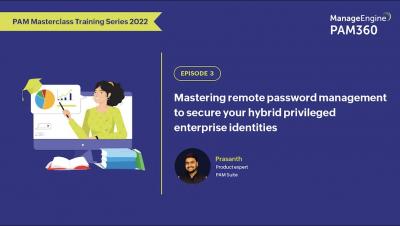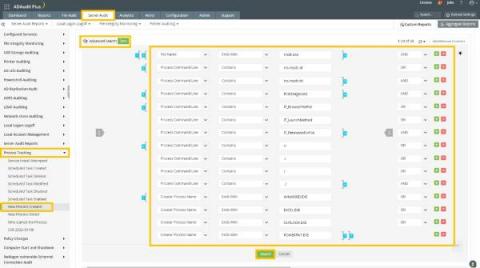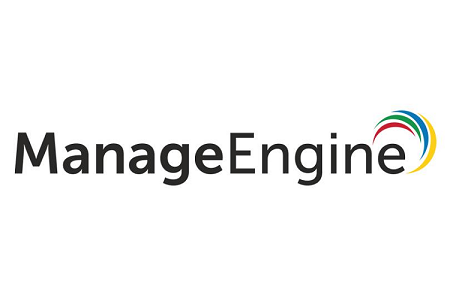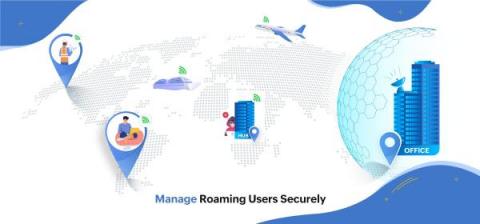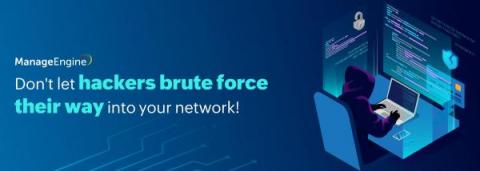A practical approach to Active Directory Domain Services, Part 7: Cybersecurity and AD
In the first six parts of this blog series, we laid the foundation for beginning to work with and manage Active Directory (AD). With the groundwork out of the way, it is now time to explore the relationship between cybersecurity and AD. Taking this series one step further, this blog provides an overview of which design considerations are important in securing your AD infrastructure against potential security breaches.



